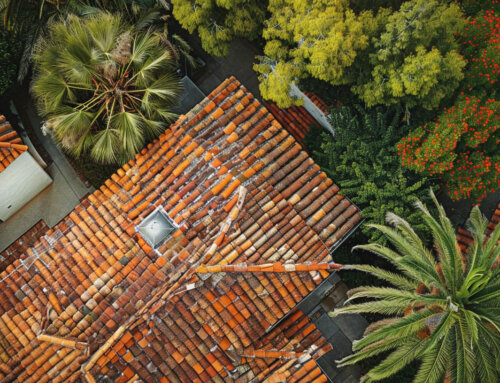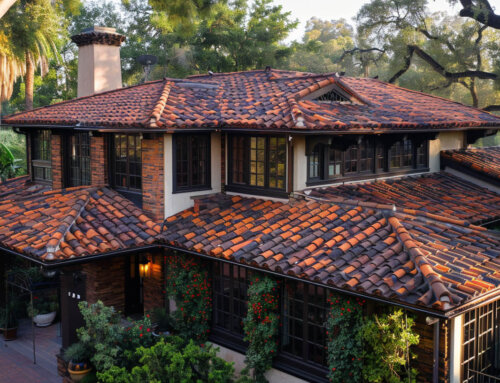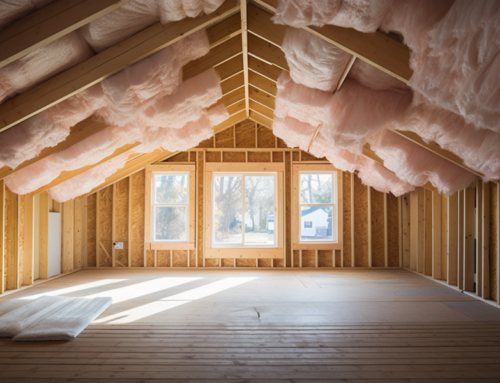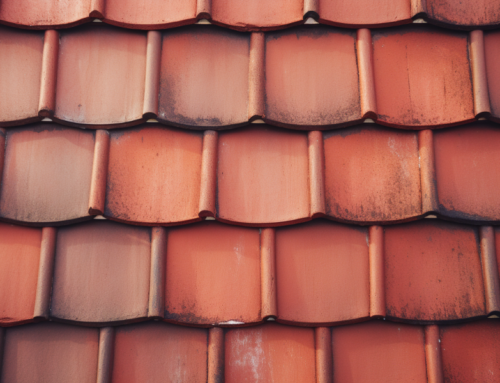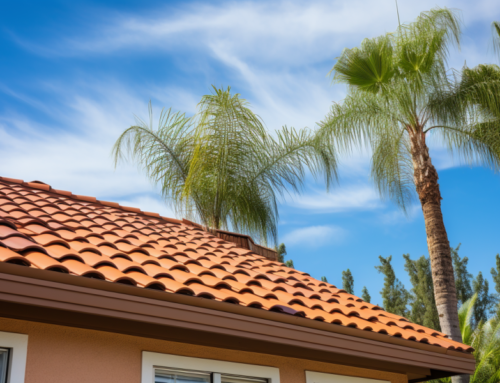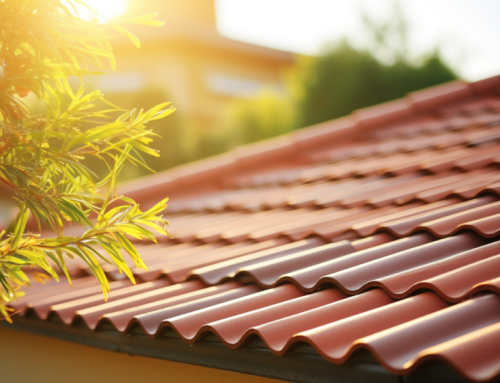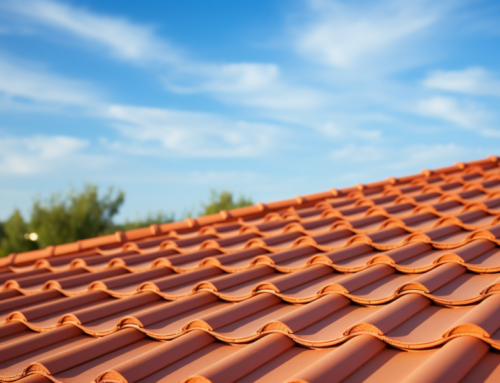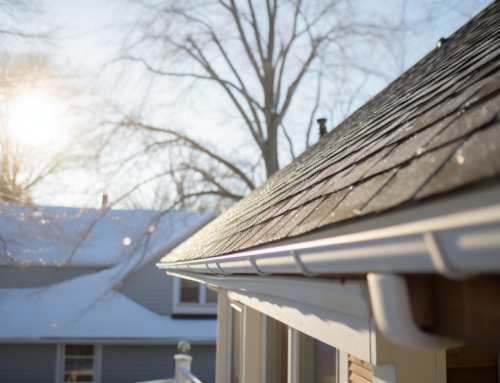Roof pitch, often overlooked, plays a pivotal role in determining the longevity and efficiency of a roof. It’s more than just an angle; it’s a crucial factor that affects various aspects of roofing, from material selection to overall aesthetics.
What is Roof Pitch?
Roof pitch refers to the angle or steepness of a roof. It’s vital for determining how well a roof can handle specific weather conditions, the type of roofing materials best suited for it, and the efficiency of other roofing systems, such as gutters.
Why Roof Pitch Matters
Imagine two roofs, one steeply pitched and the other slightly angled. Given the same conditions, such as ventilation and shingles, which one would last longer? Typically, a steeper roof tends to wear out more quickly. However, it has its advantages:
- Debris and Moisture Management: Steep roofs are less likely to accumulate leaves and debris. This reduces moisture buildup against the shingles, preventing the growth of algae and moss.
- Sunlight Impact: A steep roof in an unshaded area might deteriorate faster due to direct sunlight exposure.
The Implications of Roof Pitch
1. Efficiency and Maintenance
A steeper roof efficiently sheds snow and rain, requiring less maintenance. Debris naturally slides off, reducing the need for frequent cleaning. For such roofs, it’s essential to have adequately sized gutters to manage the runoff.
2. Choice of Roofing Materials
Every roof has a pitch, even those that appear flat. The pitch influences the choice of roofing materials. For instance, slate and asphalt shingles rely on gravity to prevent water intrusion through overlaps, making them more suitable for steeper roofs.
3. Cost Implications
Steep roofs cover a larger area for the same floor size, meaning they require more materials. Consequently, a steeper roof might be more expensive to install than a gently sloped one.
Essential Facts about Roof Pitch
- Roof Pitch vs. Roof Slope: These terms are often used interchangeably, but they differ. Pitch is based on the entire roof span, calculated as the ratio of the roof’s rise to its span. Slope, on the other hand, refers to the ratio between the roof’s rise and its run.
- High Snowfall Areas: In regions with heavy snowfall, building codes specify minimum roof pitch requirements. Steep roofs prevent snow and ice buildup, which can damage the structure or even cause a collapse.
- Ease of Installation: Low-pitch roofs are simpler and safer to install and maintain. Roofers can walk on them without much concern, whereas steeper roofs require more precautions.
- Material Suitability: While most pitches can accommodate various materials, specific conditions might necessitate certain types. For instance, very high-pitched roofs, like Mansard roofs, are unsuitable for asphalt shingles.
At San Diego County Roofing & Solar, we understand the intricacies of roof pitch and its implications. As one of the leading roofing contractors in San Diego, we pride ourselves on offering tailored solutions to meet the unique needs of each home. Whether you’re considering a new roof or seeking maintenance for an existing one, trust San Diego County Roofing & Solar to deliver unparalleled expertise and quality.



